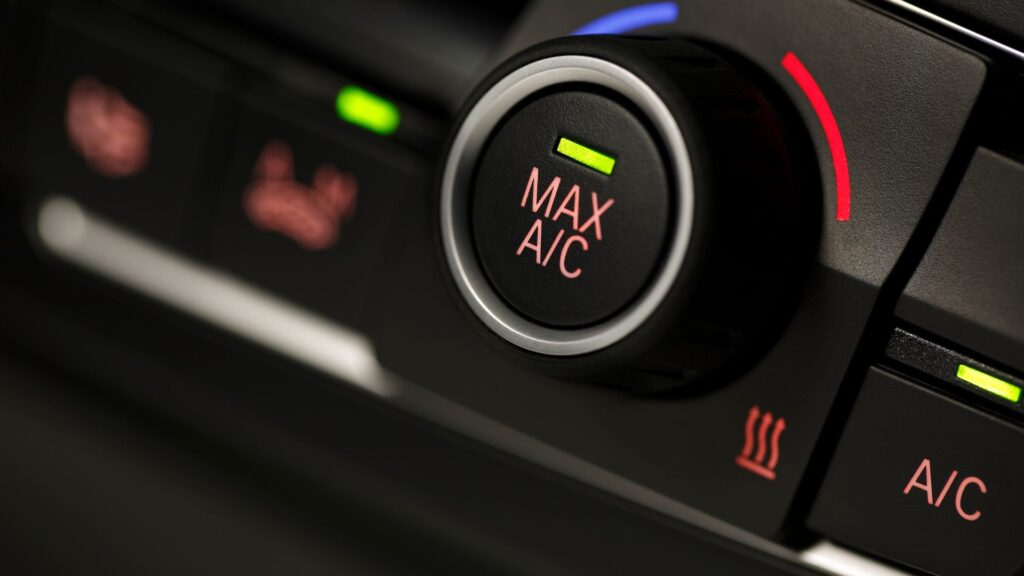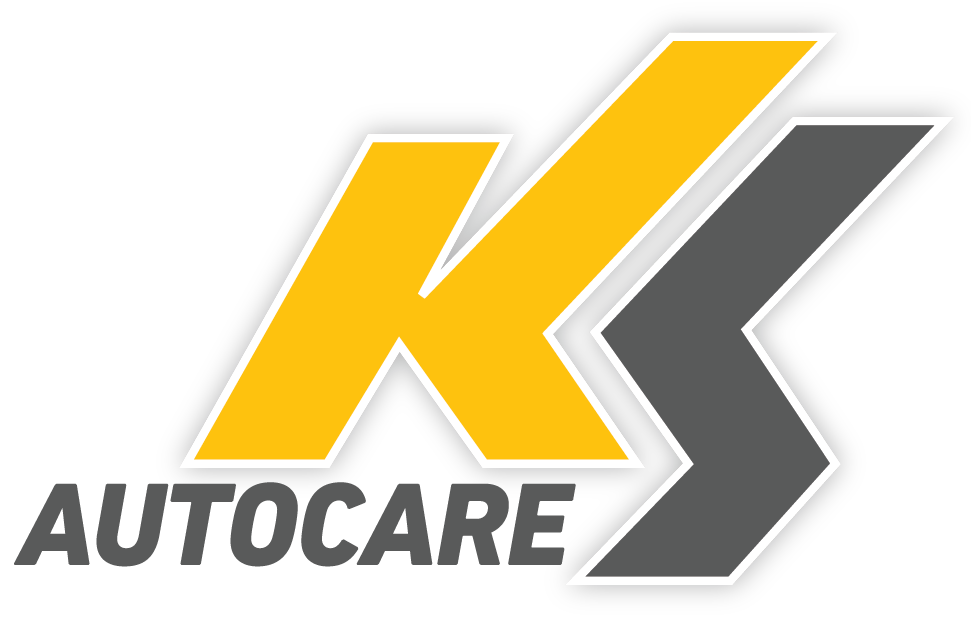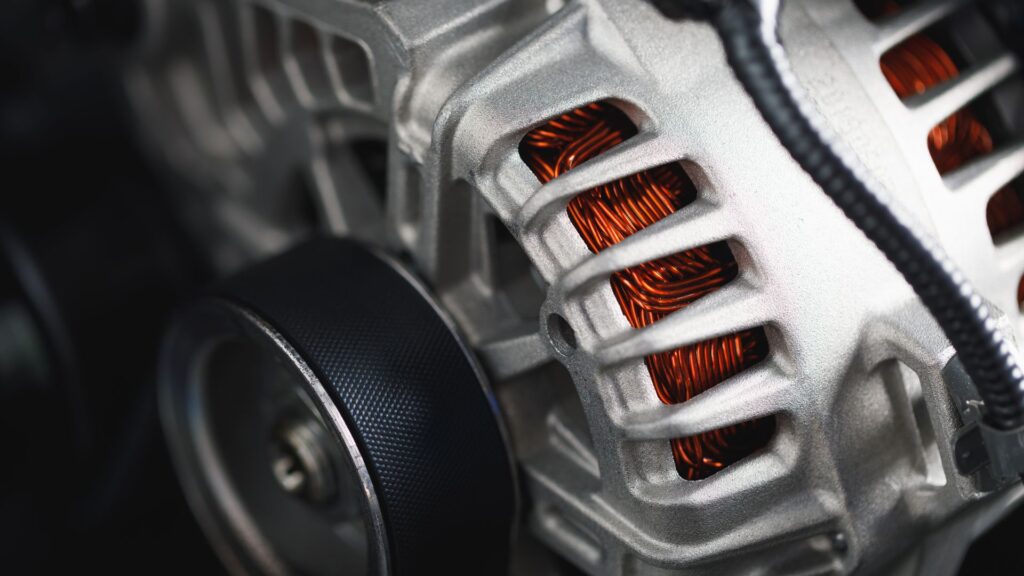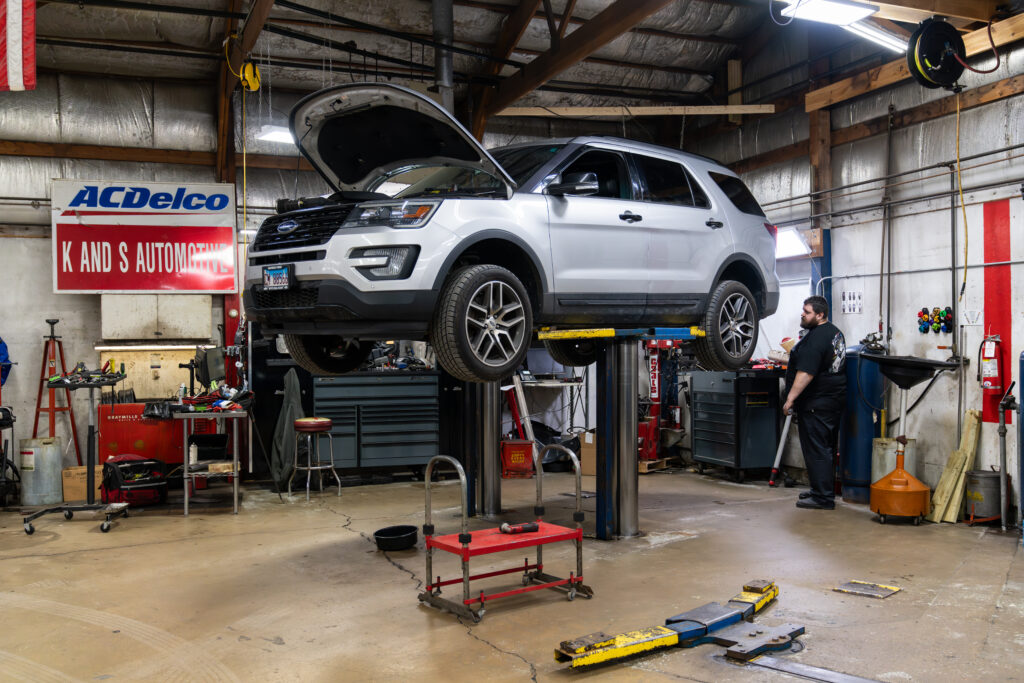
Staying Cool: Reliable Auto Air Conditioning Services in Elgin, IL
Staying Cool: Reliable Auto Air Conditioning Services in Elgin, IL Home – Blog Understanding Your Vehicle’s Air Conditioning System At KS Autocare, we know that a functioning air conditioning system is crucial, especially during the hot summer months in Elgin, IL. A smooth, cool drive not only offers comfort but



